In this article:
Are you experiencing pain in your heel with every step you take? It could be a heel spur, a bony outgrowth that develops on the underside of the heel bone.
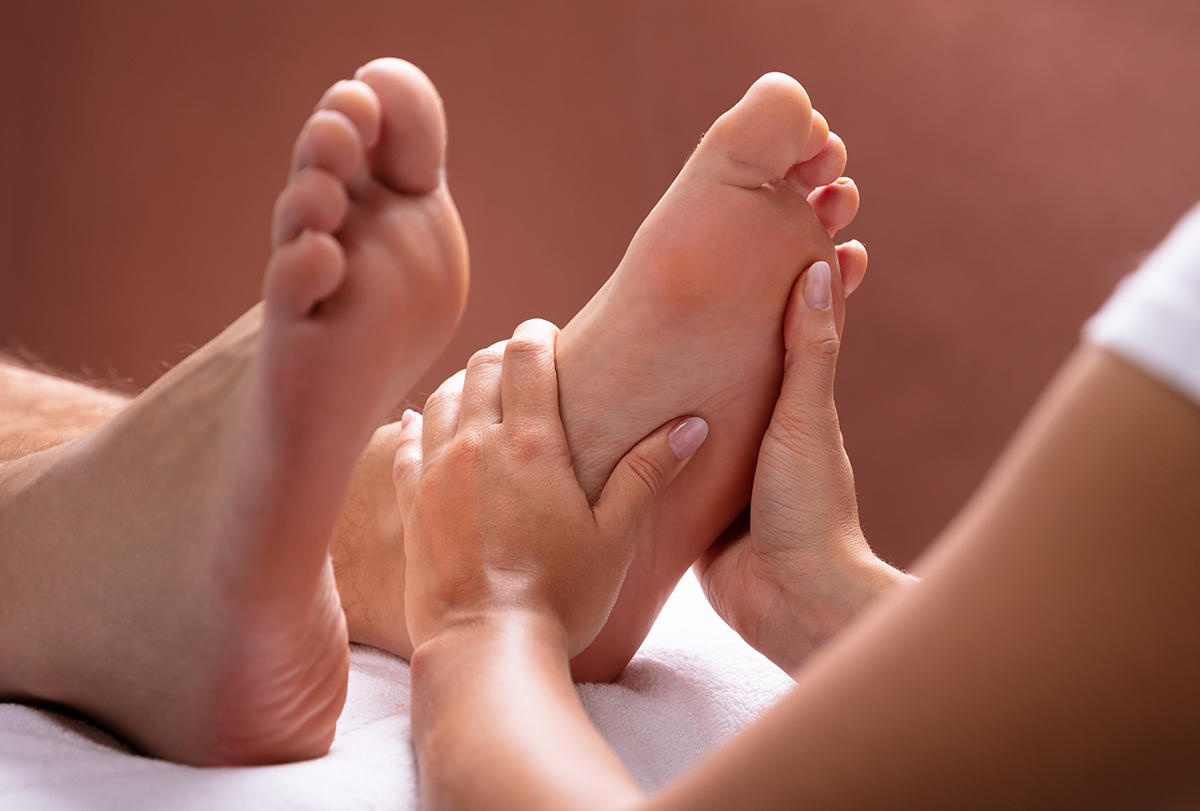
Heel spurs can be a major source of discomfort and can make walking or standing a challenge. (1)
While medical intervention is sometimes necessary, several home remedies can help alleviate the symptoms.
This article will explore natural remedies for heel spurs that you can try right at home, without breaking the bank or undergoing invasive procedures.
Home Remedies to Try for Managing Heel Spurs
The following natural remedies can be employed for relief against heel spurs.
1. Soak in Epsom salt water
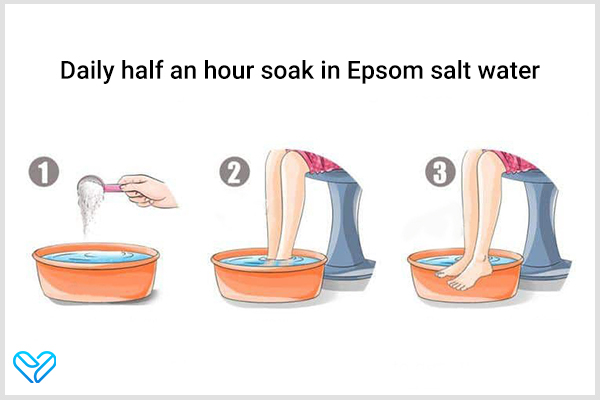
Epsom salt can be used as a remedy for heel spurs. (2) Epsom salt is not your regular table salt. It’s a compound that contains magnesium and sulfate, which can help ease pain and inflammation in the muscles and joints. (3)
How to use:
- Fill a basin with warm water and add about ½ cup of Epsom salt. Give it a good stir to dissolve the salt.
- Sit down and soak your feet in the basin for 20–30 minutes.
- Pat your feet dry and put on some comfy socks.
- Repeat this process daily for a few weeks.
2. Massage your heel
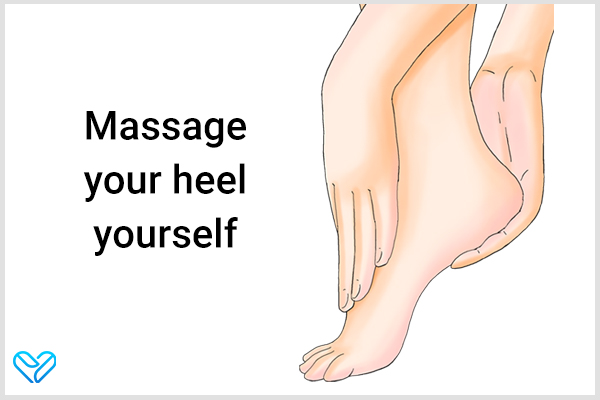
A foot massage can be a simple and enjoyable way to relieve heel spurs. You can use a tennis ball to gently roll under your foot for 1–3 minutes before bed and in the morning to stretch and soothe the tissue connecting your heel to your toes. (2)
You can also massage using lavender essential oil (LEO). Research has found that LEO has antioxidant properties that protect your body from damage caused by harmful molecules called free radicals and anti-inflammatory properties to calm problems such as pain and swelling. (4)
So if you have heel spurs, using LEO could be a great natural way to reduce pain and inflammation in your feet. Simply dilute a few drops of LEO with a carrier oil such as coconut oil or olive oil, and massage it on your feet.
3. Perform stretching exercises
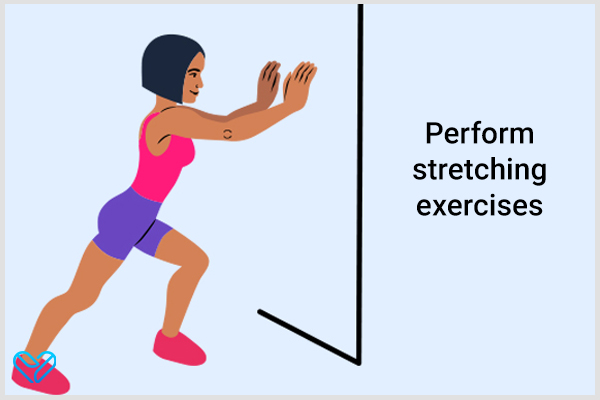
Stretching is important for the management of conditions that result in spurs. (2)
How to perform:
- Stand in front of a wall.
- Place your hands on the wall at about chest height.
- Keep one leg straight and place the other leg in front with the knee bent.
- Push your hips toward the wall while keeping your back heel firmly on the ground. Feel the stretch in your calf muscles.
- Hold the stretch for about 10 seconds, and then release. Repeat this three times for each leg.
- Do this stretchy routine twice a day.
Note: Listen to your body. The stretch should feel like a gentle pull, not pain or discomfort.
4. Alternate between warm and cold compresses
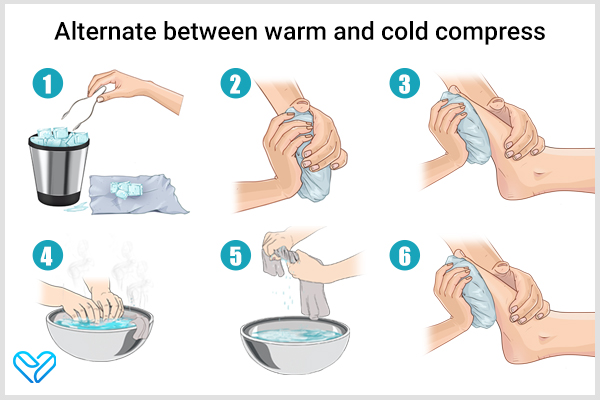
If your heels are giving you a hard time, making every step feel like a tiny earthquake, you may want to try alternating compresses, which are helpful for muscle and joint problems, including heel pain.
Basically, you apply warm and cold compresses to the affected heel in an alternating pattern. This remedy is a simple and easy way to manage pain from heel spurs. (5)
5. Wear supportive shoes
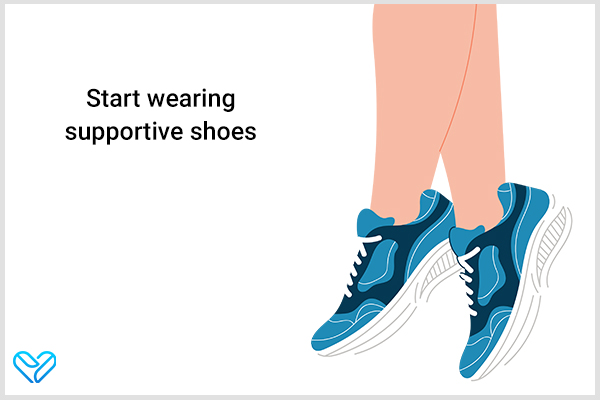
Look for shoes that have thick soles and extra cushioning, which provide some much-needed relief when you’re standing or walking. They help reduce the tension on the fascia.
Silicone heel pads are also beneficial for your heels. They elevate and cushion your heels, giving them a break from all that tension and pressure. The best part is they’re affordable and easy to find. (6)
6. Invest in orthotics or shoe inserts
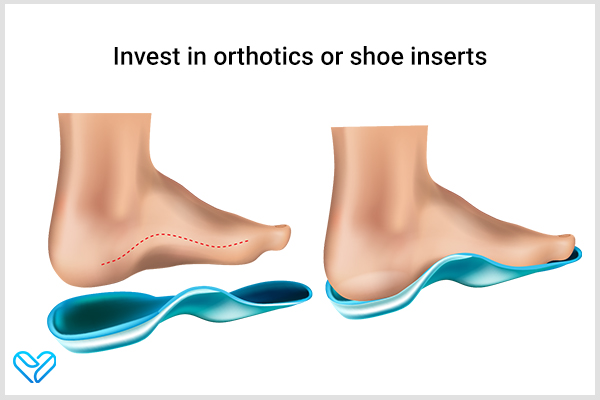
You can get premade shoe inserts or foot orthotics from the store or have them custom-made for you. These inserts serve as personalized cushions for your feet. They provide extra support and cushioning where you need it the most, helping to reduce the pain and discomfort caused by heel spurs. (6)
7. Apply aloe vera to the affected area
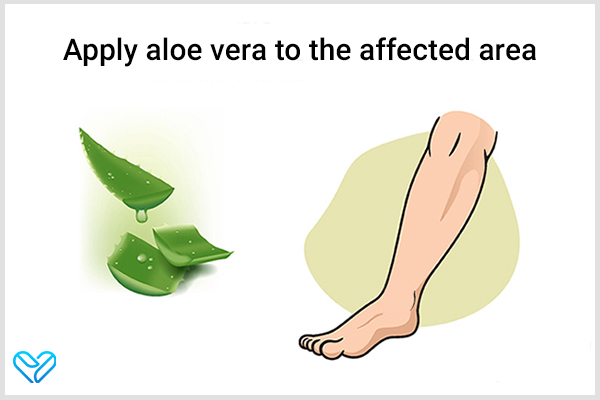
Aloe vera is packed with antibacterial properties that fight off microbes that might be causing trouble in your heel.
Aloe is anti-inflammatory, meaning it can calm down the redness and swelling. Plus, it’s an antioxidant, which helps your body heal and regenerate tissue. (7)
So, the next time your heel is giving you trouble, grab some aloe vera gel or cream, and give it a nice rub on the affected area.
8. Drink willow bark tea
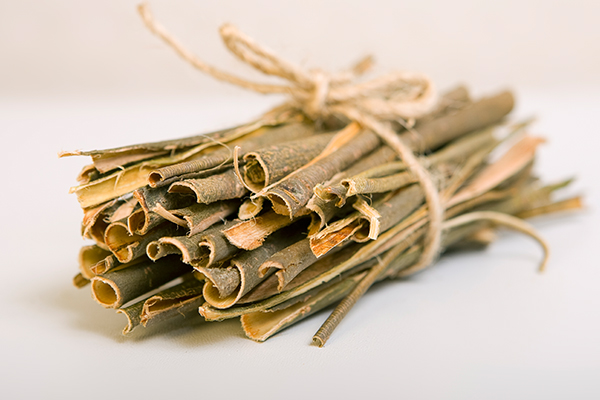
Willow bark tea has been known to alleviate pain from plantar fasciitis and can thus help manage heel spurs caused by it. (8)
How to use:
- Boil some water, add some willow bark to it, and let it simmer for 5–10 minutes.
- Let it cool for 20–30 minutes and strain it with a mesh strainer.
- Drink this tea.
9. Give yourself proper resting time
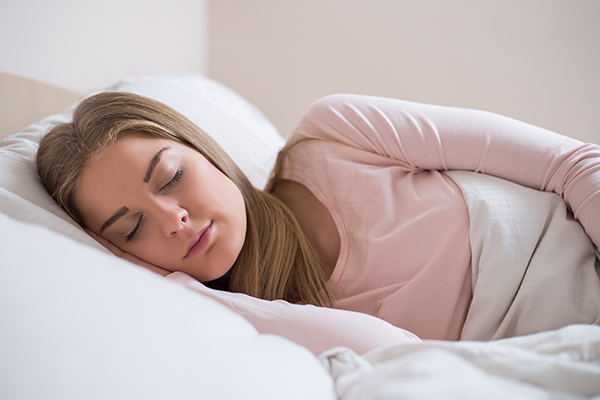
The first step in fighting the pain is to give your poor feet some rest.
Take a break from activities that make the pain worse, especially high-impact ones such as running, dancing, and step aerobics. Give your feet time away from pounding on hard surfaces.
Remember, healing takes time, so be patient with your foot and let it take a well-deserved break. (6)
Preventing Heel Spurs
These lifestyle recommendations can help keep heel spurs at bay: (8)
- Losing weight reduces the chances of heel spurs coming back.
- Posture plays an important role in preventing heel spurs. So, improve your posture.
- Strengthening your lower leg, foot, thigh, hip, and back muscles is key with regular exercising.
Most-Asked Questions About Heel Spurs
Are heel spurs painful?
They can cause pain, especially when walking or standing.
Can heel spurs go away on their own?
They may not disappear without treatment, but symptoms can be managed.
Can wearing proper shoes help with heel spurs?
Yes, supportive and cushioned footwear can alleviate symptoms.
Can weight gain contribute to heel spurs?
Yes, excess weight puts more pressure on the feet and can exacerbate the condition.
Are heel spurs more common in athletes?
They can occur in athletes but also affect people from all walks of life.
Can high-impact activities lead to heel spurs?
Yes, activities such as running and jumping can contribute to their development.
Are heel spurs more common in older adults?
They can be more prevalent as age increases due to wear and tear on the feet.
Can heel spurs affect both feet?
Yes, heel spurs can occur in one or both feet.
Can wearing high heels make heel spurs worse?
Yes, high heels can put additional strain on the feet and worsen symptoms.
Final Word
When it comes to preventing heel spurs, a few simple home remedies can go a long way. Focus on maintaining a healthy weight, wearing supportive footwear, and incorporating exercises with some herbal fixes.
By taking care of your feet and giving them the attention they need, you can keep those pesky heel spurs at bay and enjoy happy, pain-free steps.
 Continue ReadingHeel Spurs: Causes, Symptoms, Risk Factors, Diagnosis, and Treatment
Continue ReadingHeel Spurs: Causes, Symptoms, Risk Factors, Diagnosis, and Treatment
- Was this article helpful?
- YES, THANKS!NOT REALLY


